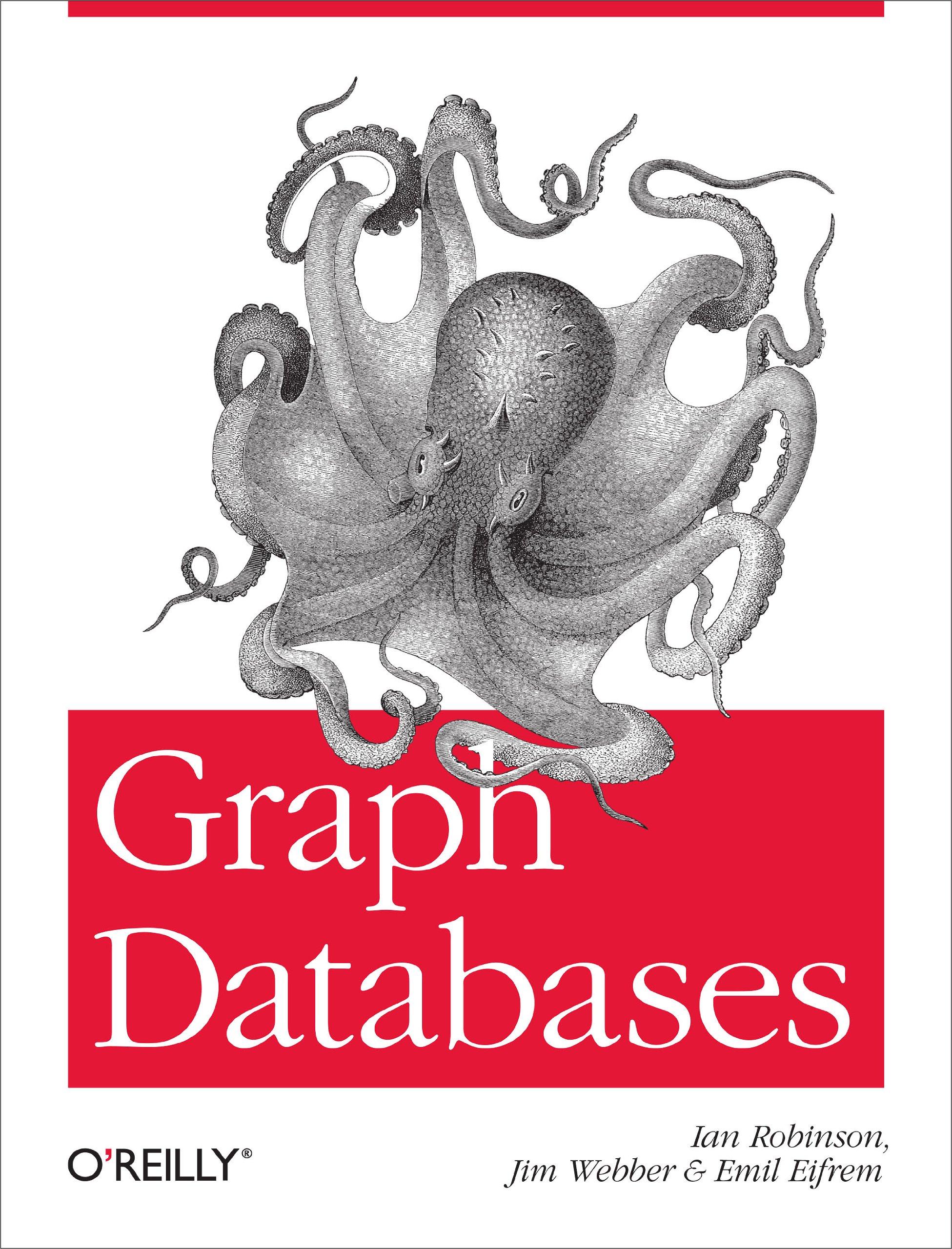Question
In this exercise you are given an array of strings words representing an English Dictionary, return the longest word in words that can be built
In this exercise you are given an array of strings words representing an English Dictionary, return the longest word in words that can be built one character at a time by other words in words.
If there is more than one possible answer, return the longest word with the smallest lexicographical order. If there is no answer, return the empty string.
Note that the word should be built from left to right with each additional character being added to the end of a previous word.
Example 1:
Input: words = ["w","wo","wor","worl","world"]
Output:"world"
Explanation: The word "world" can be built one character at a time by "w", "wo", "wor", and "worl".
Example 2:
Input: words = ["a","banana","app","appl","ap","apply","apple"]
Output:"apple"
Explanation: Both "apply" and "apple" can be built from other words in the dictionary. However, "apple" is lexicographically smaller than "apply".
Example of input:
Enter the size of the array
Enter the elements of the array
5 w wo wor worl world
Example of input:
world
Constraints:
1 <= words.length <= 1000
1 <= words[i].length <= 30
words[i] consists of lowercase English letters
#include
using namespace std;
string longestWord(vector
int main(){ int sizeOfArrays; string element; vector
Step by Step Solution
There are 3 Steps involved in it
Step: 1

Get Instant Access to Expert-Tailored Solutions
See step-by-step solutions with expert insights and AI powered tools for academic success
Step: 2

Step: 3

Ace Your Homework with AI
Get the answers you need in no time with our AI-driven, step-by-step assistance
Get Started


